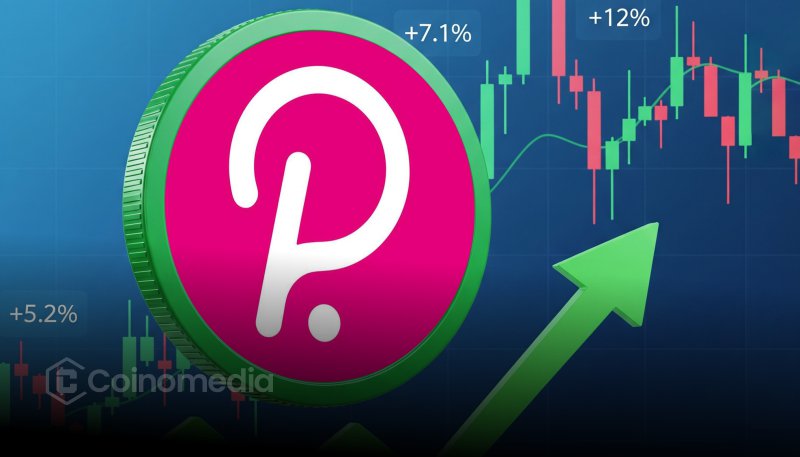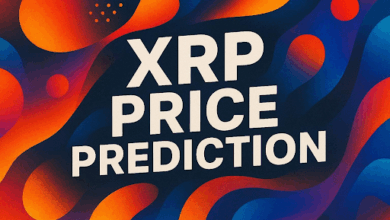Polkadot Caps DOT Supply at 2.1 Billion
Polkadot DAO passes Referendum 1710 to cap DOT supply at 2.1B, ending unlimited yearly minting and cutting emissions every two years.

- Polkadot DOT supply capped at 2.1 billion after vote
- Ends yearly 120M DOT minting with new emission model
- DOT issuance to decline every two years
The Polkadot ecosystem just took a major step toward long-term sustainability. The Polkadot DAO has officially passed Referendum 1710, receiving 81% support from the community. This proposal introduces a hard supply cap of 2.1 billion DOT tokens, replacing the network’s previous inflationary model.
Under the previous system, Polkadot had no maximum supply, with around 120 million DOT tokens minted each year to reward validators and fund ecosystem growth. This change marks a pivotal shift in how the project approaches tokenomics.
Ending Unlimited Inflation and Slowing Emissions
With the new rules in place, the Polkadot network will step down new DOT issuance every two years, leading to significantly reduced inflation over time. The idea is to make DOT more scarce, potentially improving its long-term value and appeal to investors and developers alike.
The updated emission model still supports validator incentives and network security, but does so more efficiently by gradually decreasing rewards. This could help balance supply and demand, improving token utility while avoiding excessive inflation that could hurt market confidence.
What This Means for DOT Holders and the Ecosystem
For DOT holders, the change could be good news. A capped supply typically strengthens the case for a digital asset as a store of value. By limiting the total number of tokens, the network aligns itself more closely with deflationary models seen in assets like Bitcoin.
Moreover, this move reflects the maturity of Polkadot’s governance. With strong community backing, the DAO has shown it can implement significant reforms, reinforcing its decentralized and adaptable structure.
As the first emission adjustment will come into play over the next two years, stakeholders will be closely watching how this affects validator incentives, ecosystem funding, and overall market behavior.
Read also:
- Dogecoin Price Prediction 2026: Financial Watchdog’s Shift on Crypto Risks Sets the Stage for 100x Narratives Like DeepSnitch AI
- BNB Price Prediction December 2025: Grayscale Outlook Signals Fresh Optimism, DeepSnitch AI Surges 88%
- Hong Kong Virtual Asset ETFs Reach $920M in Q3
- XRP Price Prediction: DeepSnitch AI Surges 85% as Investors Raise $820K+
- XRP ETFs Cross $1B With 22 Straight Days of Inflows



